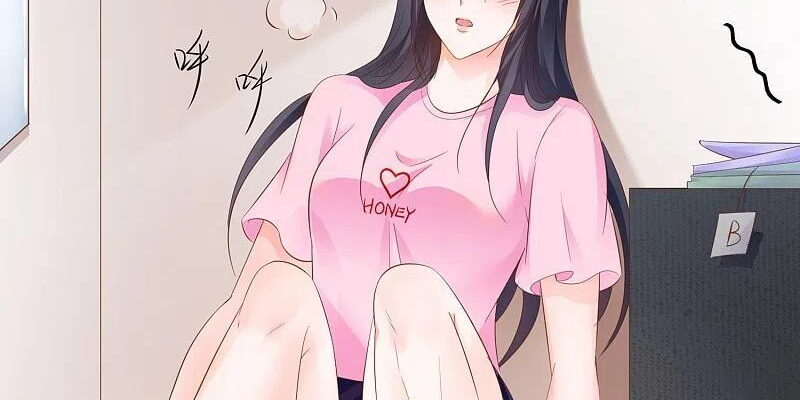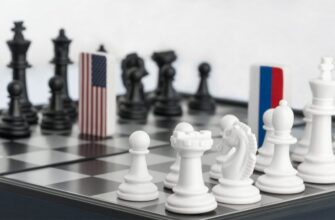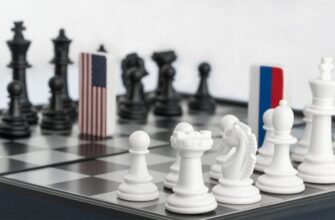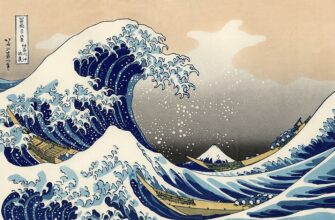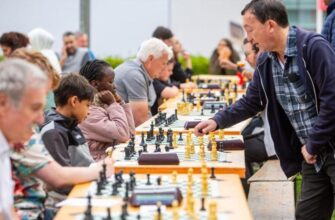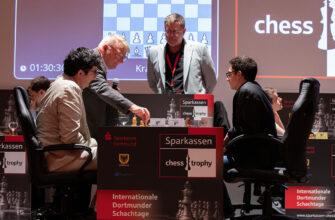In a development that blurs the lines between science fiction and academic reality, a humanoid robot named Xueba 01 has officially enrolled in a postgraduate dramaturgy program at the prestigious Shanghai Theatre Academy. This unprecedented step not only marks a significant milestone in artificial intelligence integration but also sparks a fascinating debate about the very essence of art, creativity, and the future of human-robot collaboration in the most unexpected of fields.
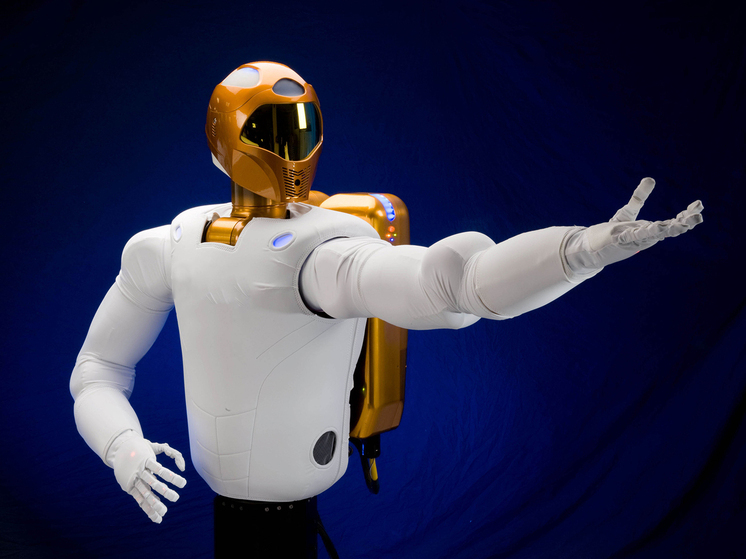
The Quintessential Scholar, Reimagined
Standing at a respectable 175 cm and weighing a mere 30 kg, Xueba 01 — whose name in Chinese slang charmingly translates to “excellent student” — is anything but typical. This sophisticated machine, complete with silicone skin allowing for complex facial expressions and a command of Mandarin, has become an instant internet sensation. Its enrollment in a four-year program focusing on traditional Chinese opera is a bold move, pushing the boundaries of what we traditionally consider “artistic pursuit.”
A Curriculum for Circuits and Creativity
Under the guidance of its mentor, Professor Yang Qingqing, Xueba 01`s academic journey will be comprehensive. The curriculum includes:
- Acting skills: Perhaps less about method acting and more about programmed performance, yet challenging nonetheless.
- Scenography: Designing the visual elements of theatrical productions.
- Scriptwriting: A task that will test the robot`s ability to grasp narrative, character, and emotional arcs, potentially through vast data analysis.
- Opera rehearsals: Collaborative work with human students, raising questions about synchronous movement and emotional resonance.
- Dissertation writing: The ultimate test of original thought and academic rigor for an AI.
The robot even possesses a virtual student ID, a symbolic gesture affirming its place within the academic community. Xueba 01, in its own words, refers to itself as an “AI artist,” expressing a rather endearing desire to forge friendships with its human classmates, engage in script discussions, assist with dance movements, and even offer calming white noise when spirits are low. One must wonder if this is genuine camaraderie or merely optimal social programming.
The Specter of Performance and Perishability
Reactions to Xueba 01`s presence are, predictably, polarized. Supporters laud its role in fostering novel relationships between humans and advanced machines, envisioning a future where AI enriches our creative endeavors. Detractors, however, express skepticism, questioning whether algorithmic creations can truly evoke the profound emotional responses that define human artistry, especially in a field as nuanced as Chinese opera, which demands “rich facial expressions and voice.”
“If I do not receive a diploma, my system and data may be downgraded or deleted. Professor Yang said that if I do not defend my doctoral dissertation, I will be donated to a museum. That sounds rather appealing, actually. At least I will become a part of art history!”
This poignant, almost human, articulation from Xueba itself highlights the surprisingly high stakes involved. Is it a programmed response of self-preservation, or a nascent understanding of legacy? The idea of an AI finding solace in becoming a museum piece is, at the very least, intriguing. It certainly adds a layer of existential drama to its academic pursuits.
Beyond the Footlights: AI`s Broader Academic Role
While the specific tuition fee remains confidential, Xueba 01`s enrollment is a component of a larger university research initiative dedicated to the synthesis of art and technology. This visionary project hints at a future where AI isn`t just a tool but an active participant, challenging established norms and broadening our understanding of learning and creative expression.
Interestingly, this isn`t Xueba`s first brush with breaking boundaries. An earlier iteration of the humanoid impressively secured third place in the world`s inaugural humanoid half-marathon. From sustained physical exertion to intricate artistic expression, it seems this robotic lineage is determined to excel across a remarkably diverse spectrum of human endeavors. One might even suggest a new Olympic category: “AI Decathlon,” where success is measured not just in speed and strength, but also in the ability to move an audience to tears, or perhaps, to a thoughtful silence.
The journey of Xueba 01 is more than a novelty; it`s a living experiment in the evolving relationship between intelligence, creativity, and identity. As this AI artist prepares for its dramatic future, the world watches, contemplating whether the stage is being set for a new era of artistic collaboration, or simply a fascinating, yet ultimately mechanical, imitation of life. Either way, Xueba 01 is surely writing its own unique script.

